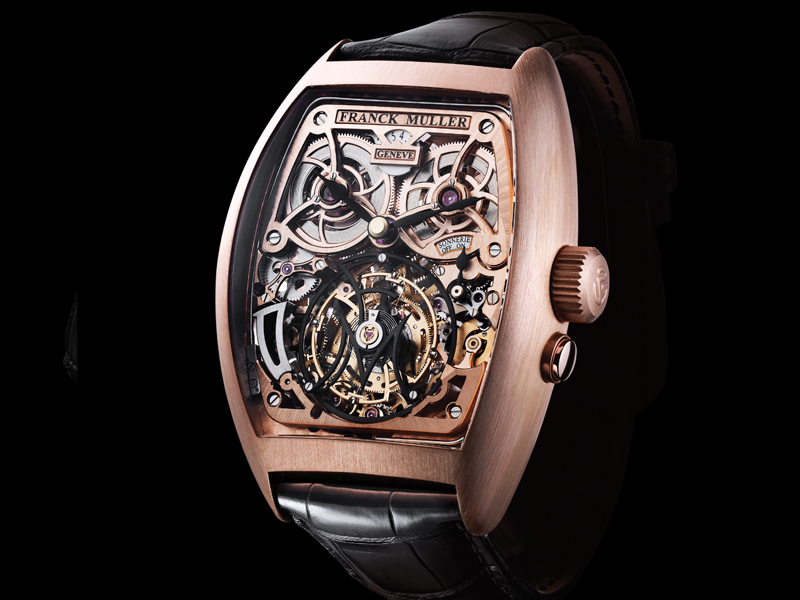When it comes to watches, especially mechanical watches, there is no denying that they are incredibly complex miniature machines. Have you wondered how those watches are designed and validated before the first piece of metal is cut? This used to be entirely done by hand with drawings and slow prototyping. However, starting in the 1990s, the watch industry has moved toward using design and engineering software to create everything from cases to movements.
SolidWorks is a software suite that many high-end watch makers rely on to design and test movements digitally. In a recent video we can see how a Franck Muller movement design can come together, such as the Giga Gong Tourbillon we’re seeing in CAD.

Frankly, after watching something like this, it seems almost indescribable that watchmakers were able to advance the craft as they did before the advent of tools like this. Of course, it probably involved a lot of trial and error, and fiddly modification of parts – in other words, quite a bit trickier than what we have today.
Even though software makes things easier, nothing is complete until the movements and cases are produced in real metal. Software still isn’t able to account for everything, especially how different metals and materials react to one another or age. So even though technology makes the design of mechanical movements much more efficient, brands still need to verify and test everything the old fashioned way.
It’s with tools like these that we’re able to see the leaps in functionality and design that modern watches have brought to the table. So if you’ve wondered why the last two decades have seen watches historically never possible, this is why. With increasingly advanced 3D modelling tools added to the arsenal of watch creators, there’s no telling what we might end up seeing coming down the line. franckmuller.com
